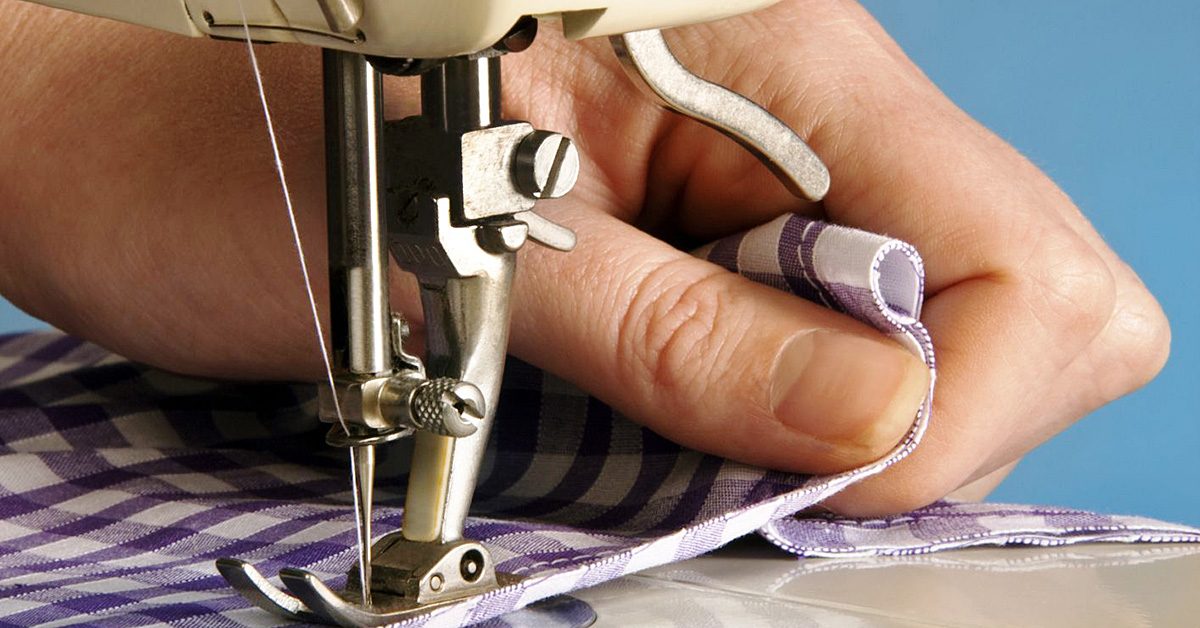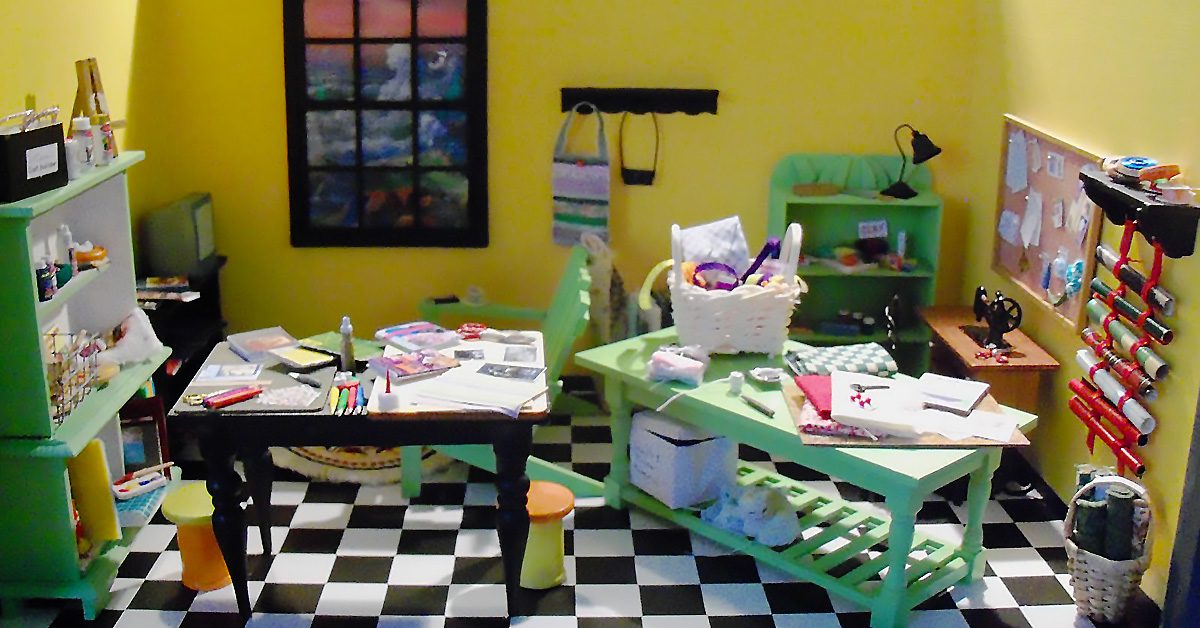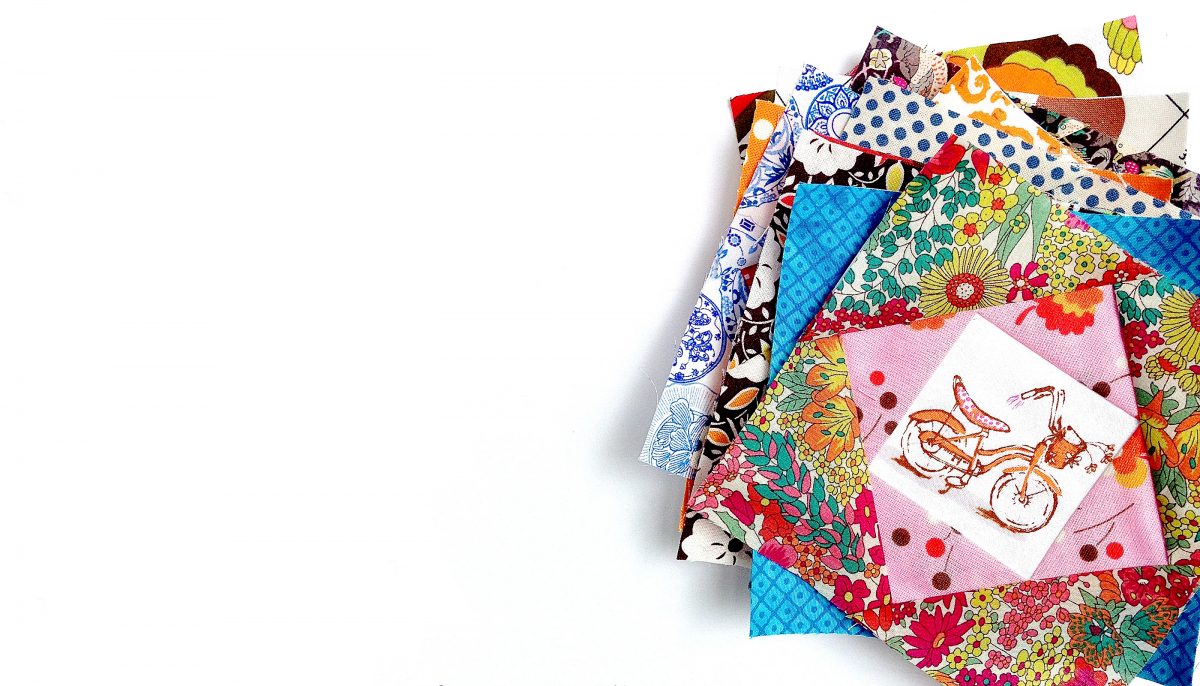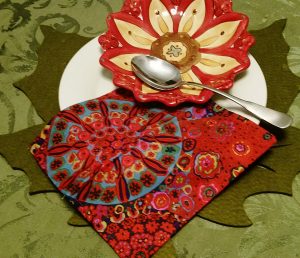Carpal Tunnel Syndrome (CTS) is a repetitive motion injury in the wrist. Typing, hammering, sewing and other actions can be the cause. Those some actions can cause an existing injury in to flare up. The numbing, tingling, pain and stiffness CTS causes can make it all but impossible to sew. As someone who writes for a living, CTS is pretty much a given. I don’t want to give up my livelihood or my hobbies over it. So, I’ve learned to modify. Sewing with CTS was a challenge at first, but if I can do it, so can you!
Wear a Brace
My CTS started back in highschool when I worked in an ice cream shop. Back then, we called it scooper’s wrist. I bought a cheap brace from the drug store up the street from the ice cream parlor and managed to keep going. The next time it flared up was college – as an English major I did A LOT of typing. A sturdier, more expensive brace helped with that. The things to consider are how immobile the brace keeps your wrist and comfort. Don’t be afraid to try on several at the store to check for fit and comfort.
Use the Other Hand
I’m a bit naturally ambidextrous, so this wasn’t too hard for me, but if you’re not, it could be a little harder. Gripping tiny pins is much too painful for me to do with my right hand. The CTS makes it nearly impossible. Instead, I taught myself to pin with my left hand. This wasn’t easy since it also meant holding the fabric differently. Be patient with yourself and with the process. It will come with time and practice.
Get Lefty Scissors
Just like pinning with my right hand is nearly impossible, cutting can be equally as challenging. If you’ve ever tried to use your regular scissors in your left hand, you know it’s pretty difficult. The blades are one directional. Instead, invest in a pair of lefty scissors. You’ll find that cutting with your left hand is pretty simple after that. You may need to make other modifications to the layout of your cutting surface, etc. to accommodate using the opposite hand.
Don’t let carpal tunnel syndrome take away your sewing time. Instead, try out these modifications and keep doing your favorite hobby. And don’t forget to talk to your doctor – they may have treatment options that can help long-term.








